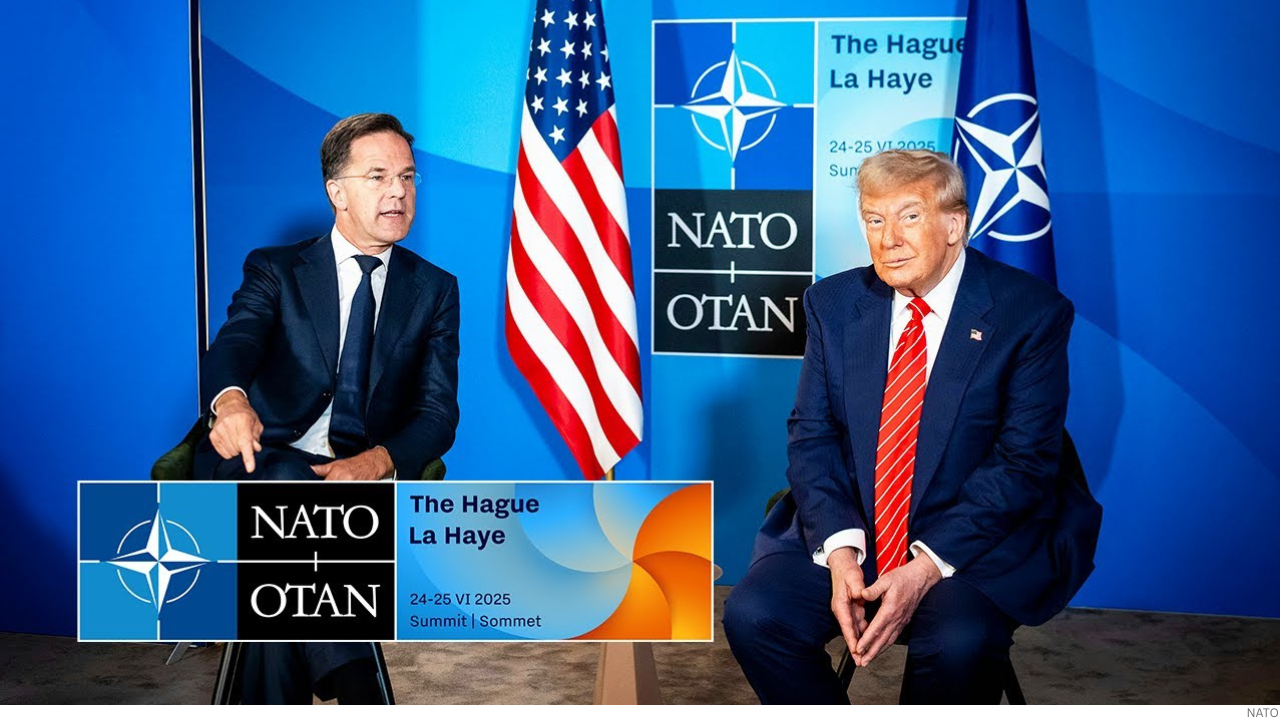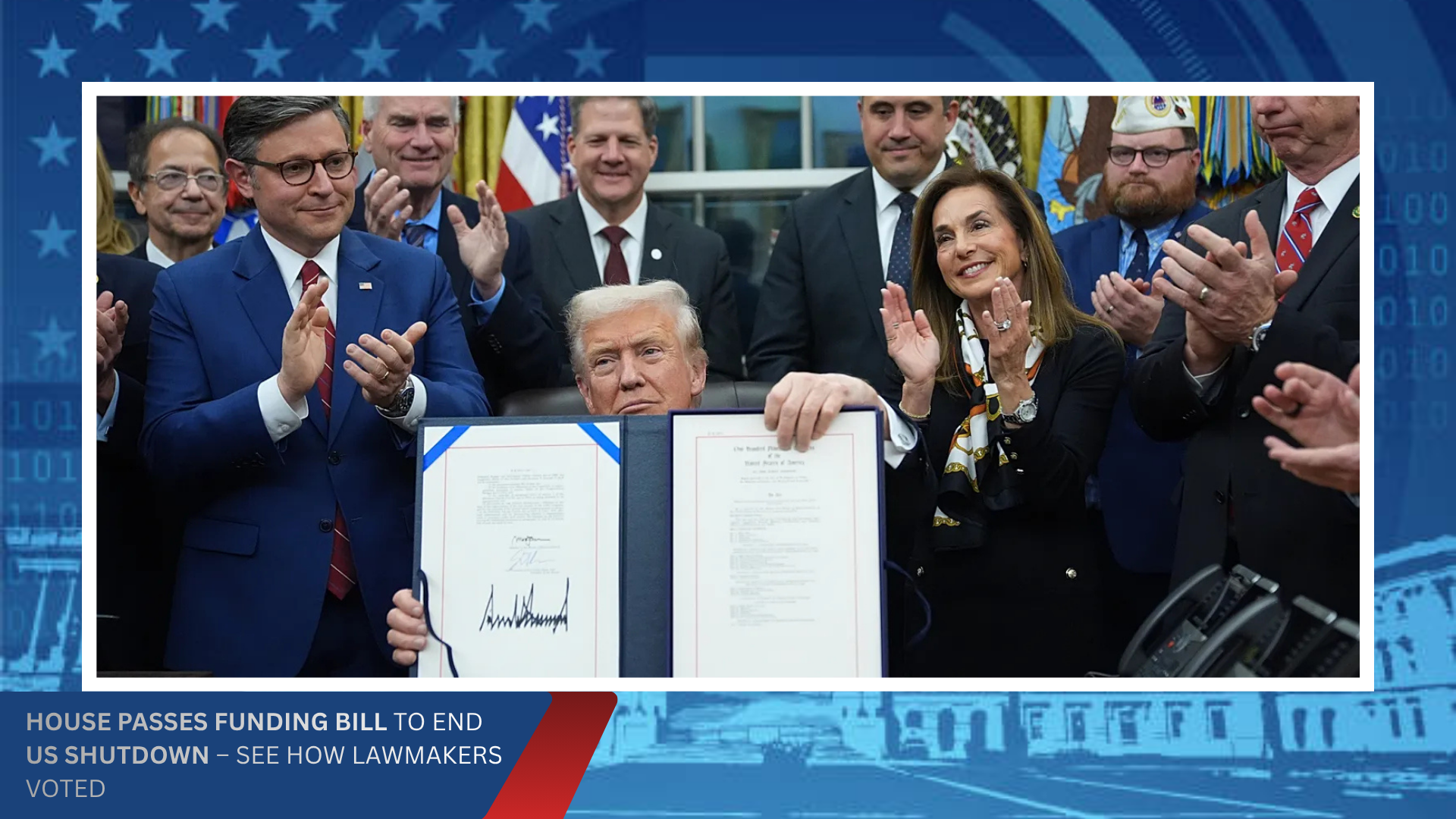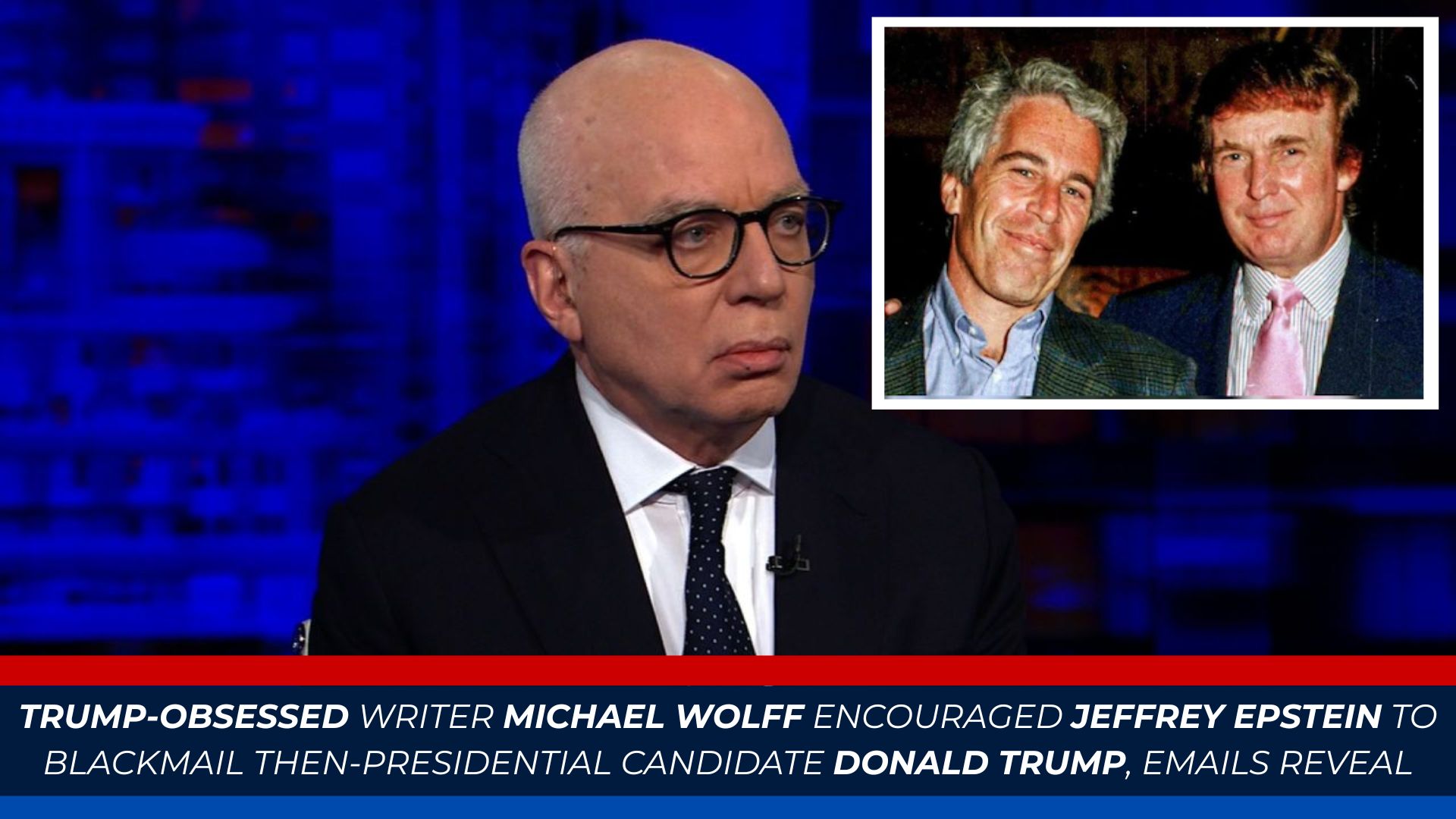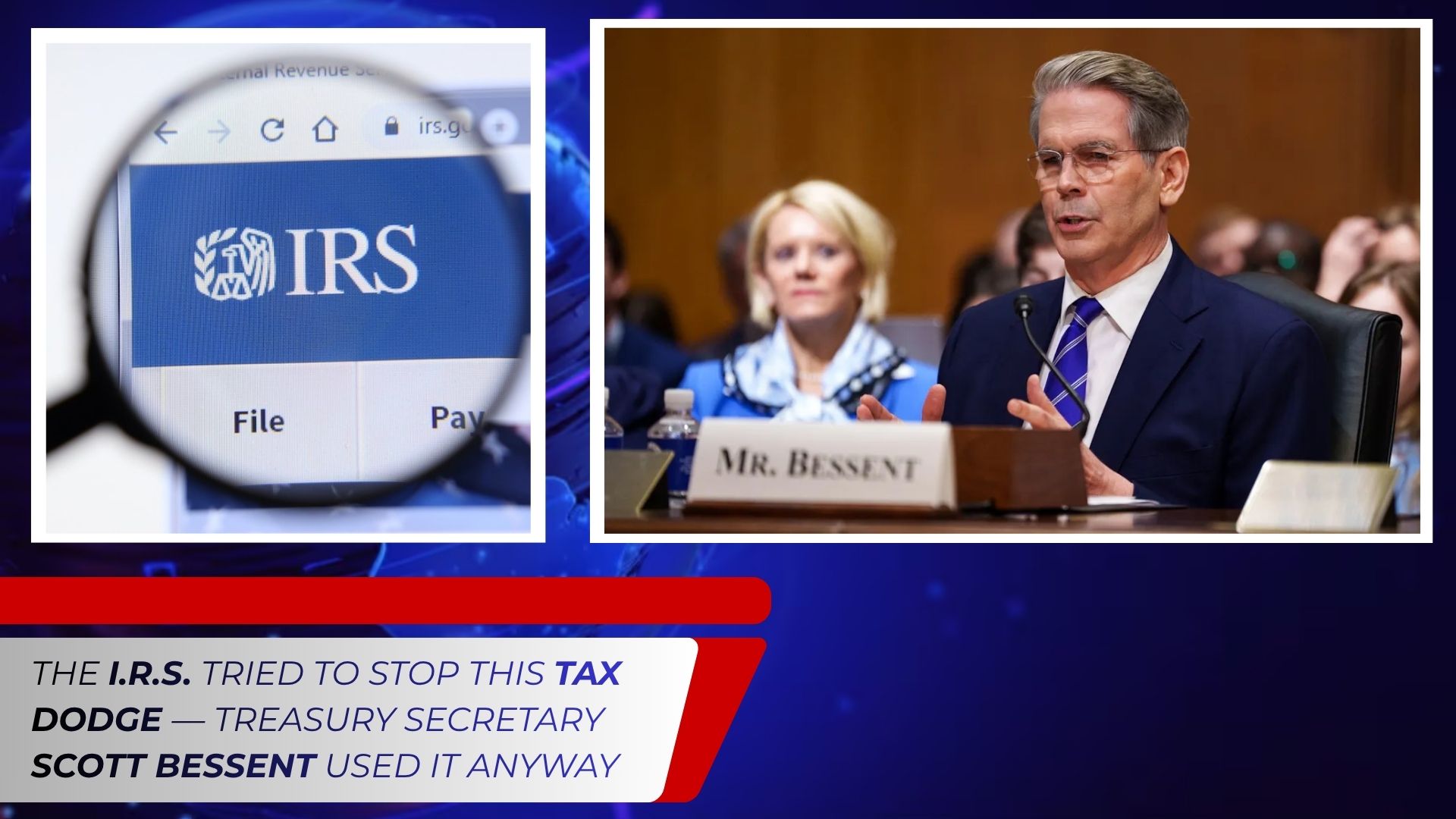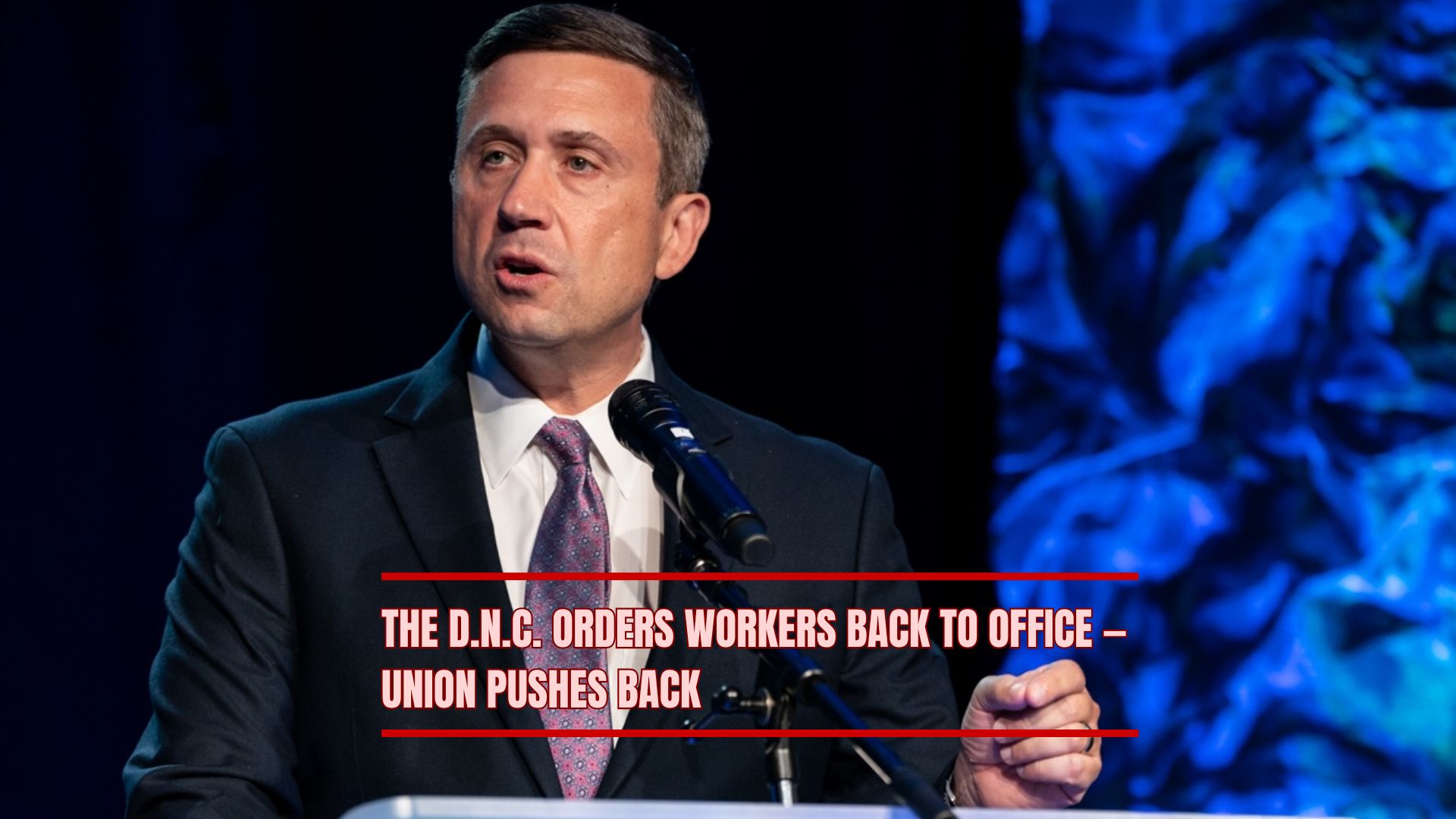President Donald Trump met with NATO Secretary General Jens Stoltenberg on [insert date] in a high-level discussion centered on alliance strategy, defense spending, and international security challenges. The meeting underscores the continued importance of NATO as a cornerstone of collective defense amid evolving geopolitical threats, including tensions in Eastern Europe, the Indo-Pacific region, and ongoing conflicts involving Russia.
The discussion took place at the White House and included senior officials from both the U.S. administration and NATO’s permanent representatives. Key topics reportedly included burden-sharing among member states, military readiness, strategic deterrence, and NATO’s response to emerging threats, particularly hybrid warfare and cyberattacks.
Focus on Collective Defense and Global Security
NATO Secretary General Stoltenberg emphasized the importance of alliance cohesion.
“The strength of NATO depends on unity, shared responsibility, and a clear commitment to defending democracy around the world,” Stoltenberg said.
Both leaders reportedly discussed ongoing U.S. and NATO commitments to Eastern European countries bordering Russia, reaffirming the principle of Article 5, which obligates allies to consider an attack on one member as an attack on all.
The meeting also explored NATO’s role in the Indo-Pacific, reflecting a broader strategic pivot to address security challenges posed by China’s growing military and economic influence. Trump’s administration has signaled interest in enhancing NATO partnerships with non-member states in the region to strengthen collective deterrence capabilities.
Defense Spending and Burden-Sharing
A central theme in the Trump-Stoltenberg discussion was defense spending and equitable burden-sharing among NATO members. The U.S. has long advocated for allies to meet or exceed the 2% of GDP target for defense expenditures, and the president reportedly pressed NATO members to commit to more robust and predictable funding.
Analysts suggest that Trump’s emphasis on spending underscores his broader foreign policy approach, which prioritizes cost-effectiveness and measurable contributions from allies while maintaining U.S. military superiority. Stoltenberg reportedly reiterated NATO’s ongoing efforts to encourage fairer burden-sharing and ensure member states meet their defense commitments.
Cybersecurity and Emerging Threats
Another focus of the meeting involved cybersecurity and technological threats. Both leaders discussed the growing risk posed by state-sponsored cyberattacks targeting critical infrastructure, financial systems, and government networks.
The discussion included proposals to enhance intelligence sharing, coordinated responses, and investment in emerging defense technologies. NATO officials have emphasized that cybersecurity has become as critical to collective defense as traditional military capabilities, a point likely underscored during the White House meeting.
Russia and Ukraine
The ongoing conflict in Ukraine and Russia’s aggressive posture in Eastern Europe featured prominently in the discussions. While Trump has expressed an interest in facilitating peace agreements, his administration has also underscored the need to maintain strong deterrence against further Russian expansion.
Secretary General Stoltenberg reiterated NATO’s commitment to supporting Ukraine through political, economic, and defensive measures, highlighting the alliance’s solidarity and shared security objectives. The meeting reportedly included a review of NATO’s troop deployments, equipment modernization, and training programs in Eastern Europe to bolster deterrence against potential Russian aggression.
Strengthening NATO Partnerships
In addition to internal alliance matters, the meeting addressed NATO’s global partnerships. Discussions reportedly included ways to enhance cooperation with partner countries in Africa, the Middle East, and Asia, as well as initiatives to combat terrorism, transnational organized crime, and nuclear proliferation.
Both leaders emphasized the importance of multilateral engagement and maintaining NATO’s credibility in the international community while addressing evolving security challenges. Analysts suggest that this signals a continuation of U.S. leadership in global security forums, even as the Trump administration balances domestic political priorities with international commitments.
Political and Strategic Implications
The meeting comes amid a broader context of geopolitical uncertainty, with NATO members facing pressures to respond to both Russian aggression and the rise of China as a global power. The discussions between Trump and Stoltenberg are viewed as an effort to reinforce alliance cohesion, ensure adequate defense funding, and align strategic priorities among member states.
Observers note that the meeting also reflects Trump’s hands-on approach to foreign policy, emphasizing direct engagement with international partners to negotiate defense contributions and clarify expectations. Analysts suggest that these discussions could influence NATO’s budgetary planning, troop deployments, and long-term strategic initiatives.
Looking Ahead
Following the meeting, both sides reaffirmed their commitment to continued dialogue and strategic coordination. Future discussions are expected to include NATO defense ministers, U.S. military leadership, and senior officials from member states to operationalize initiatives discussed in the White House meeting.
Observers suggest that the meeting sets the stage for potential announcements related to NATO funding, enhanced deployments, and cybersecurity collaborations in the coming months. The Trump administration’s engagement with NATO underscores the ongoing importance of the alliance in addressing global threats and preserving international stability.
%20(4).png)



